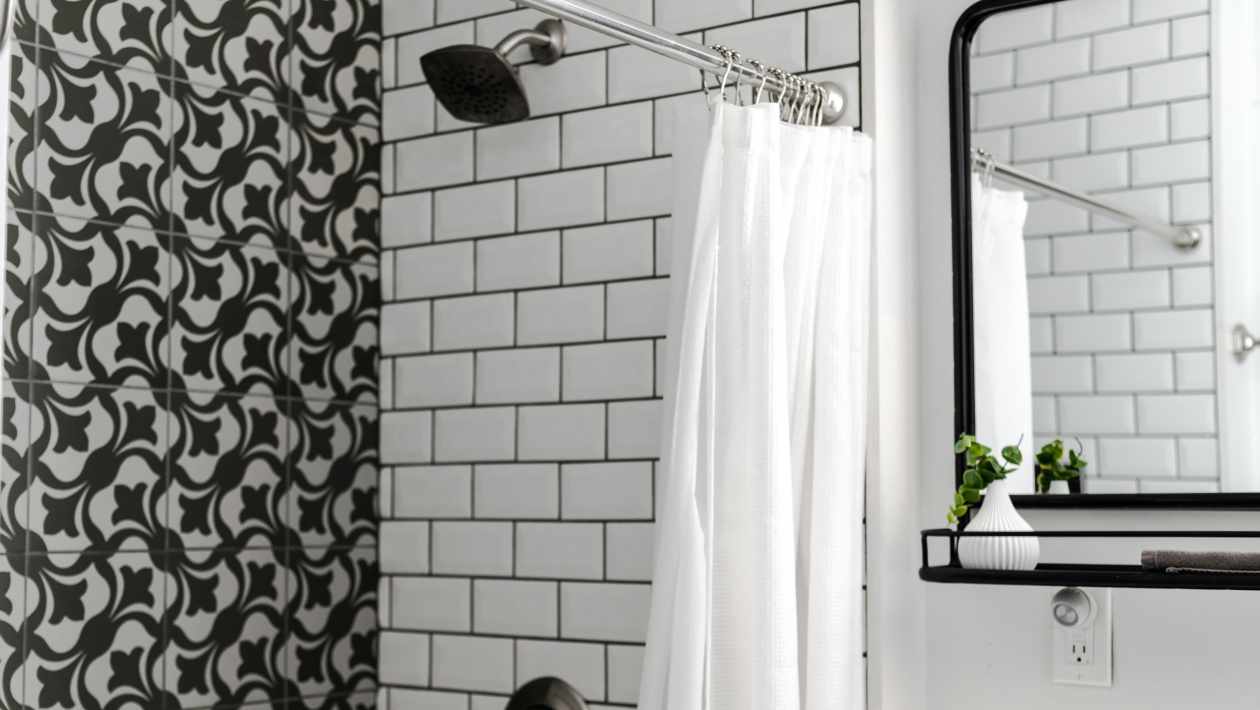If you’re using city water there are carcinogens in your shower or bath. Besides chlorine the carcinogenic compounds known as the trihalomethanes and haloacetic acids are in your water. Only a high-quality whole house water filter will remove them. You can opt for a quality whole house water filter at https://cleanairpurewater.com/whole_house_water_filter.html. Lets discuss The Dangers Lurking In Your Shower.
When I take a shower I want to relax and enjoy the water spilling over my body. I’m by myself for a moment, away from the phone, the kids …. the craziness of life. I want to enjoy these moments alone and revel in the feeling of the water against my skin. The last thing I want is to be exposing myself to cancer causing compounds added to the water by the city I live in!
It’s a fact. When cities add chlorine to water it interacts with naturally occurring organic material, such as leaves and other decomposing debris. This interaction results in formation of compounds in two groups. The Trihalomethanes consist of four primary constituents which are regulated by USEPA. These are chloroform, bromoform, bromodichloromethane, and dibromochloromethane, referred to collectively as total trihalomethanes. You can find these listed in your local water quality report.
The second group is known as the Haloacetic acids. This group consists of these compounds: HAA5 monochloroacetic acid, dichloroacetic acid (DCA), trichloroacetic acid (TCA), monobromoacetic acid, and dibromoacetic acid. Together they may be found in your local water report as HAA5.
These two groups vary in the ways they are dangerous to you. Long-term exposure to trihalomethanes has been linked to an increased risk for bladder cancer. Of the five compounds listed of particular concern is chloroform. Inhalation and absorption through the skin have been demonstrated to occur with resulting in higher levels in the bloodstream after a shower. The Haloacetic acids are a greater cancer risk when ingested in drinking water.
The third group of compounds known as the halo ketones is also in public water. Much less research has been done on these. These are absorbed by the skin to a lesser extent than chloroform (10% vs 56%) but a higher percentage (85 – 90%) is retained than the chloroform (70%). All in all it’s bad news and certainly enlightening that when you’re in the shower you are ingesting and retaining cancer-causing compounds. Over time this exposure will increase your cancer risk.
Some people purchase shower filters to remove chlorine from their shower but that’s all a shower filter does. It turns chlorine into chloride and that’s it. The compounds I’m discussing here remain in your water. To remove these you need a high-quality and properly sized whole house water filter. Let’s discuss that.
A high quality filter has a valve and backwashes regularly. The backwashing feature shuffles the carbon media increasing the effectiveness and longevity of contaminant removal. A whole house water filter that backwashes will cost more than some of the cheaper filters you’ll find online and often on sale.
The cheap filter that you don’t want to buy is an upflow system with no valve. These filters are prone to channeling inside the media. This results in lower removal of contaminants. The life of the filter is also shorter. When the carbon appears to be used up you have to buy a new filter. Probably the vast majority of whole house filters sold are the upflow type. This is because their appeal is the low price. Don’t fall for it. You won’t be protected.
The other issue I mentioned is sizing. You want to size the filter to the water use habits of your family. If you run 2 -3 showers at a time while washing dishes and running the washer, then you need a larger system than the family that may run only one shower at a time. Every family has an established patter of water use. Think about that before you make a purchase.
For the typical family of four a 2 cu ft backwashing filter will suffice. But if you use more water simultaneously you want to increase sizing to a 4 cu ft system. Frankly the latter is a better choice for any family because the longer the water is in contact with the carbon the more contaminants will be removed.
Given the considerations on quality and sizing you can purchase a whole house water filter that will actually perform the task you hope it will. Please note also those cheap upflow filters have about ¼ of the carbon you need and get in a quality backwashing filter. It is the carbon that is removing these compounds. Don’t short yourself.
Another important consideration is what chemicals the city adds to your water. Many cities add chlorine but more are adding a combination of chlorine and ammonia. The purpose of this combination, known as chloramine, is to reduce the level of the carcinogens cited above. Research has found that by using chloramine the level of trihalomethanes will be lower. However, chloramine produces its own set of byproducts which are not yet regulated. These are believed to be equally dangerous to those produced by chlorine.
One problem with chloramine is that it’s much harder to remove than chlorine. It requires catalytic carbon instead of the regular granular activated carbon used to remove chlorine. Catalytic carbon is more expensive, but if you have chloramine and don’t use it you’re not going to achieve your purpose.
There are a number of nasty catch-22s when you really dig in to what it takes to simply take a healthy shower. The same is true for drinking water. Most people fail to do the research required to make the right decision. They just buy a water filter is cheap. They may have a filter but they are not protected.
To invest wisely takes a bit of research. But if give some forethought to your decision you can make the right choice. Protecting your family has grown more complex these days but the health of you and your children depend on it. The decisions you make today can protect your children well into adulthood.
Live long and stay healthy!











